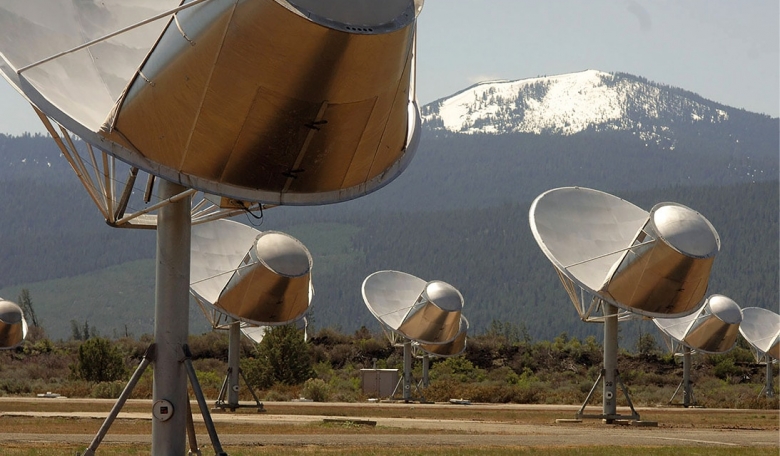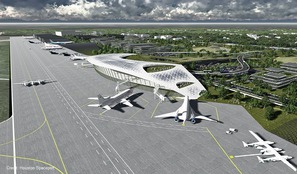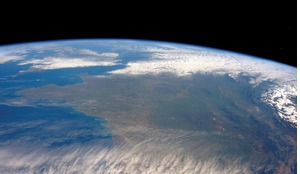Space travel has long been the province of dreamers and, traditionally, those who wrote about it were science fiction authors. Today, however, long distance space travel has entered the realm of the engineer. Simon ‘Pete’ Worden describes propulsion system requirements for travel to the stars and looks forward to a technology that might just make it possible.
The earliest science fiction story postulating space travel, albeit sarcastically, was ‘True Story’ written by Lucian of Samosata in the 2nd Century (Classical era). More serious science fiction by HG Wells and Jules Verne in the late 19th Century introduced science-based space travel. By the 1920s, considerable writings focused on travel to the Moon and planets and even inspired work on rocketry by the likes of Robert Goddard, Hermann Oberth and Wernher von Braun. But perhaps the most significant technical work was by Russian scientist Konstantin Tsiolkovsky who established the basic mathematical and engineering basis for spaceflight.
However, it was not until the development of nuclear energy that science fiction writers and engineers began to consider travel beyond our solar system. The nearest stars are 100,000 times further away than the planets and to reach them in a reasonable time one has to travel at least 1000 times faster than we can today. This means travelling at some 10-30 percent of the ultimate speed limit, the speed of light. But can this ever be done?














